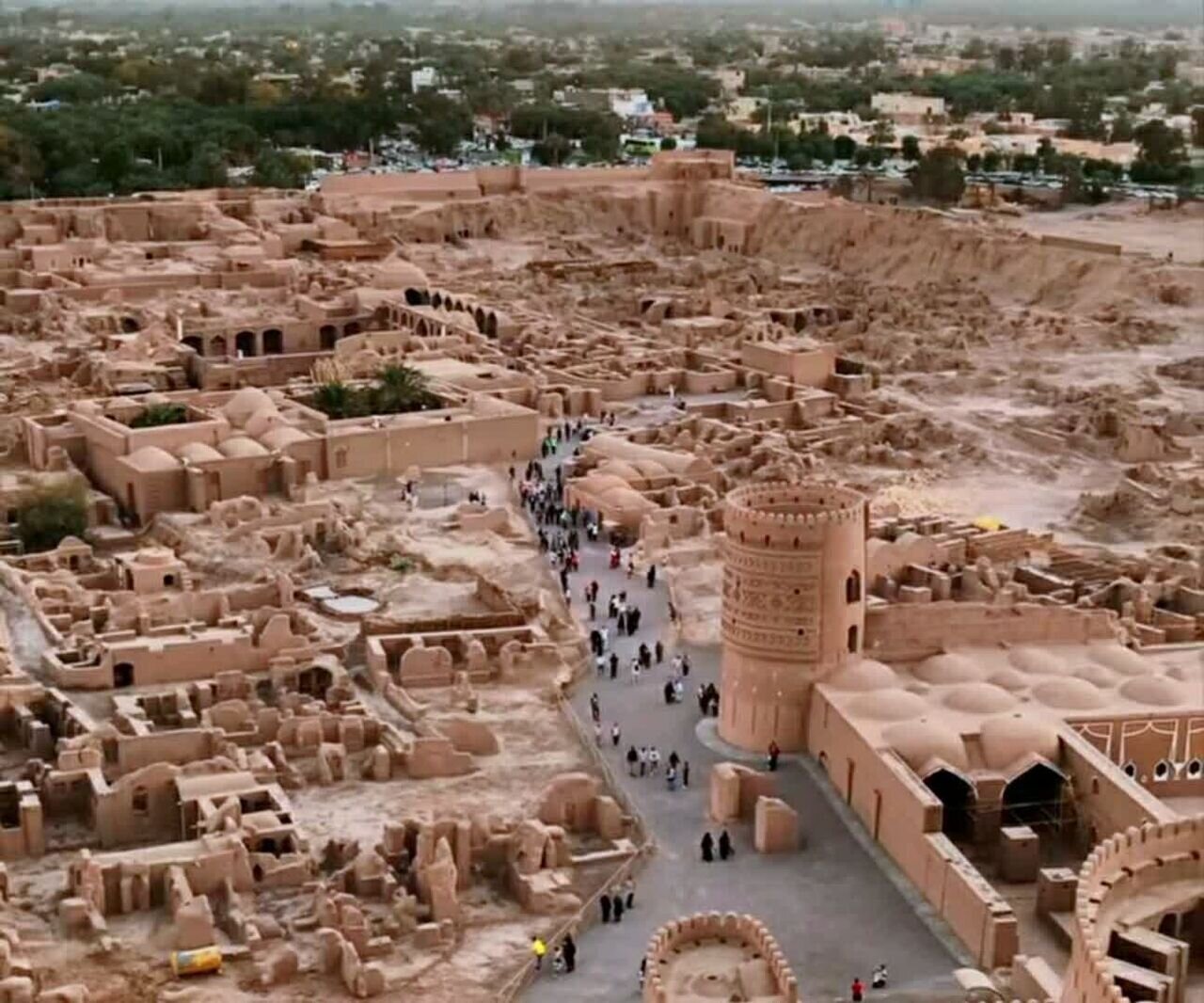Bam, home to UNESCO-listed citadel, draws 266k visitors

TEHRAN - Bam county welcomed more than 266,000 visitors, who explored its historical and natural gems during the two-week Nowruz holidays, which officially came to an end on April 1.
In an interview with IRNA on Friday, Bam’s governor announced that during this year's Nowruz holidays, 266,431 tourists visited historical, religious, and natural attractions within the county.
Providing insight into the diverse array of sites frequented by Nowruz travelers, Mohammad Barzang outlined that tourists visited historical sites such as Arg-e Bam (a UNESCO-designated citadel), shrines, and aqueducts, the Dehbakri tourist area and the handicrafts' exhibition of Bam county, to name a few.
Highlighting the accommodation arrangements made to cater to the visitors, Barzang revealed that a total of 14,025 individuals chose to extend their stay in Bam overnight during the Nowruz festivities.
The official further delineated that these accommodation facilities included hotels, guesthouses, and temporary lodges.
Detailing the figures, Barzang underscored that the historical citadel of Bam welcomed 32,257 tourists, while the Dehbakri tourist area played host to an impressive 51,950 visitors.
The newly-restored citadel of Bam, a symbol of the region's cultural revival, attracted 118,199 tourists, and the handicrafts exhibition and the world-renowned aqueducts of Bam each drew substantial crowds of 40,000 and 10,000 visitors, according to the official.
"Bam county, as one of the touristic and economic hubs of Kerman province,” Barzang in his concluding remarks noted, “with its special geographical location, hosts a large number of tourists and Nowruz travelers every year."
The UNESCO-designated Bam citadel (locally called “Arg-e Bam”) and its cultural landscape are highly regarded as an outstanding example of an ancient fortified settlement built in vernacular technique using mud layers.
Located on the southern edge of the Iranian high plateau, in Kerman province, the massive fortress and its environs were almost completely brought down to earth due to a devastating earthquake on December 26, 2003.
Most of what visitors now see at the site is restored and replicas of the original structure have been restored from 2004 onwards.
The origins of the adobe fortress can be traced back to the Achaemenid period (6th to 4th centuries BC) and even beyond.
